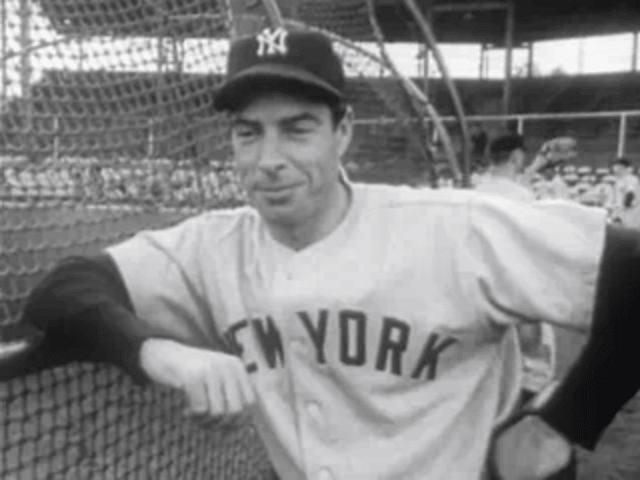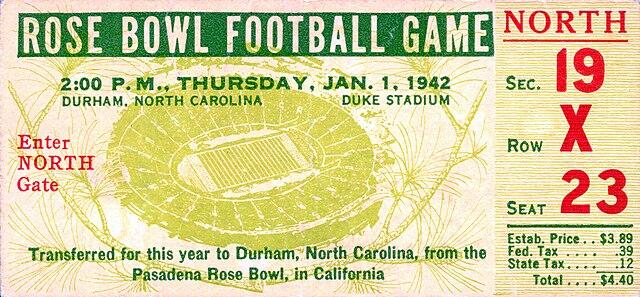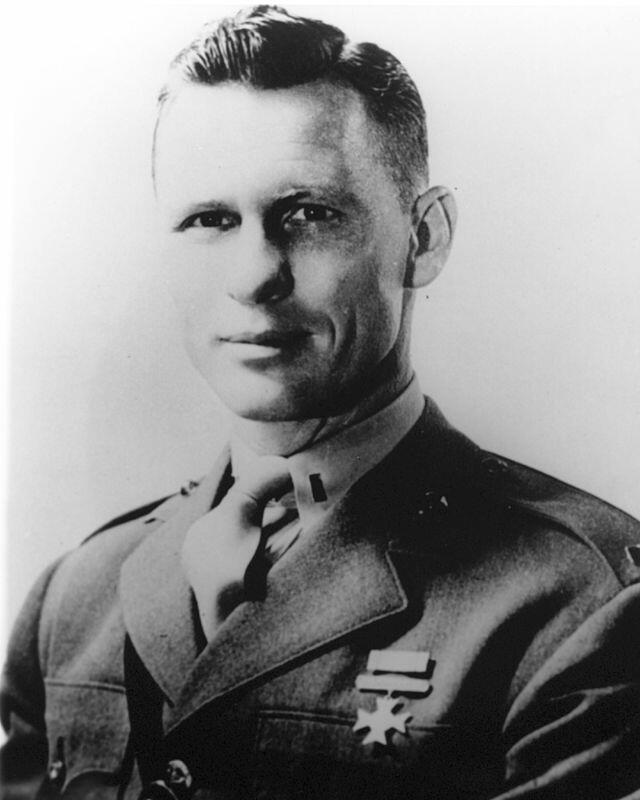American Sports During World War II
For many Americans, sports are a big part of life. Take away any of the major American sports, be it baseball, football, basketball, or hockey, and you’re going to have a lot of angry people. Sports have always played a big role in American culture. In the 1940s, for example, boxing, football, baseball, and horse racing were all loved by millions of Americans.
Then came December 7, 1941. No one knew the "right" way to react to the devastation of the surprise Japanese attack on Pearl Harbor. They also didn't know what would happen in the days, weeks, and months that followed. One big question revolved around American sports, the very things that kept people entertained and distracted from everyday life. Was this a time for distraction, though? Could the United States afford to engross itself in its favorite sports during World War II, when so many resources needed to be redirected towards the war effort?
The Role of Sports During World War II

As early as the beginning of 1942, that question was partially answered. When the military draft started the year before the Pearl Harbor attack, athletes between the ages of 18 and 35 were called upon to serve their country. This was, of course, the prime age range for professional athletes of all sports. Within the first five weeks after the attack, baseball commissioner Judge Kenesaw Mountain Landis approached President Roosevelt for advice on whether the 1942 Major League Baseball season should be canceled. The president’s response was in favor of keeping the league going, but there was one big problem: with so many men called into service, there would be a serious lack of professional-level players. The number of MLB and MiLB players who were drafted or enlisted reached into the thousands.
Baseball wasn’t the first sport to be affected by the war. Shortly after the attack on Pearl Harbor, a shortage of gas and the rubber ration led to the suspension of all automobile and motorcycle racing. The ban remained in place for the duration of the war as resources were allocated to the efforts in the Pacific and Europe.
Though there wasn’t an obvious answer to keep the racing circuit going, there was one that could keep baseball going, even as so many of its players were fighting in the war.
A New Player Takes the Mound
Like with so many industries during World War II, women stepped up to take the place of notable male athletes. In 1943, Philip K. Wrigley, the owner of the Chicago Cubs, put together the All-American Girls' Professional Baseball League. The league consisted of 15 Midwestern teams and lasted until 1954.
The women's game underwent some changes. The size of the ball was altered to that of a regulation softball and the pitcher's mound was moved to 40’ from home plate. The size of the field shrank, as well, with the distance between bases shortened to 65 feet as opposed to the standard 90 feet.
Also like many of the industries that women took over as men went to war, when the war was over and the men started to return home to their jobs, women were pushed out, many to their previous role as housewives.

Football Goes to War

Pearl Harbor profoundly affected more than just baseball. College football players soon saw themselves trading their pigskin for rifles, forcing upwards of 350 universities to suspend football until the war ended. At least one cherished game still took place: the 1942 Rose Bowl. Traditionally played in the Pasadena, California stadium of the same name, the 1942 edition was moved to Durham, North Carolina, due to the fact that the Pearl Harbor attack had happened only three weeks before and fears of a follow-up attack on the West Coast were high. Oregon State won the game, beating the host Duke by a score of 20–16
While college football struggled to keep enough players to even have teams, the National Football League had lost more than 1,000 players, coaches, and referees. The shortfall led to some unexpected developments, such as the merging of the Pittsburgh Steelers and the Philadelphia Eagles to form the Steagles. It wasn’t the only time during the war that two teams would merge just to have enough players to take the field. In fact, after the one season played by the Steagles, the Steelers merged with the Chicago Cardinals to form the Card-Pitt Combine.
Though thousands of players couldn't play in the leagues they signed up for, their time in the military was not without some time enjoying their favorite sport. Teams were formed in the Army, Navy, and Marines and played with the best athletes who had been forced to join the war effort.
The Heroes of the NFL

Though they were trained as athletes, many of the men who suddenly found themselves in uniform ended up serving their nation heroically. One such story is that of Jack Lummus, a Marine Corps company commander and former New York Giant. After playing in the 1941 NFL championship game against the Chicago Bears just two weeks after the attack on Pearl Harbor, Lummus left behind his pro football career to help protect his nation.
Lummus served in the war through March of 1945 and the Battle of Iwo Jima. Despite being injured by grenades, the former NFL star refused treatment, opting to continue leading his men. When his company came upon an active machine-gun nest, Lummus disabled it, clearing a path for his men. During the charge to another nest, he stepped on a landmine, which blew off his legs and left him bleeding to death. Even as he lay dying, he commanded his men to press forward. Lt. Andrew Jackson Lummus, Jr. was awarded the Medal of Honor for his heroism.
American sports during World War II were severely impacted, and the former New York Giant was just one of the many sports figures who gave their lives during the war, but when Japan finally surrendered and the war was over, those killed in battle were honored with the return of sports to their nation.







